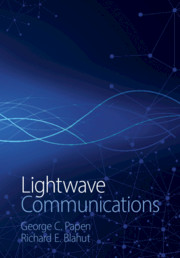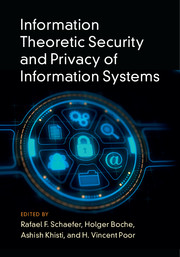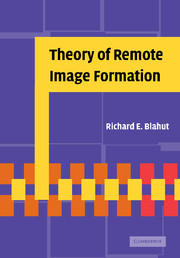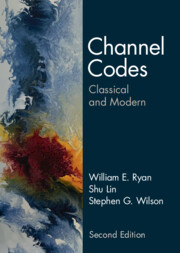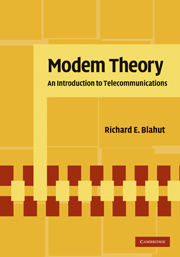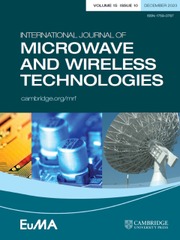Lightwave Communications
This pioneering, course-tested text is the first to combine communications theory with the physics of optical communications. Comprehensive and rigorous, it brings together an in-depth treatment of the physical characteristics of the guided lightwave channel with the study of modern methods of algorithmic-based communication in time and space. The many different levels at which a lightwave communication signal can be described are integrated to provide a unified explanation of how a commonplace bit stream is transformed into a physical lightwave, how that lightwave travels through an optical fiber, and how it is then transformed back into the bit stream. Background fundamentals such as linear systems and electromagnetics are explained in relation to modern topics such as channel models, encoding, modulation and interference, and end-of-chapter problems are provided throughout. This is an essential text for students taking courses on optical communications, as well as researchers and professionals working in the area.
- The first book to combine a rigorous treatment of the physical characteristics of the guided lightwave channel with the study of modern methods of algorithmic-based communication in time and space
- Can be tailored to a range of different single-semester and single-quarter courses, for both graduate and senior undergraduate students
- Adopts a layered pedagogical approach, and provides end-of-chapter problems as well as extensive background and reference material on linear systems, random signals, and electromagnetics for students with different backgrounds
Product details
No date availableAdobe eBook Reader
9781108630283
0 pages
Table of Contents
- 1. Introduction
- 2. Background
- 3. The guided lightwave channel
- 4. The linear lightwave channel
- 5. The nonlinear lightwave channel
- 6. Random signals
- 7. Lightwave components
- 8. The electrical channel
- 9. The information channel
- 10. Modulation and demodulation
- 11. Interference
- 12. Channel estimation
- 13. Channel codes
- 14. The information capacity of a lightwave channel
- 15. The quantum optics model
- 16. The quantum lightwave channel.

